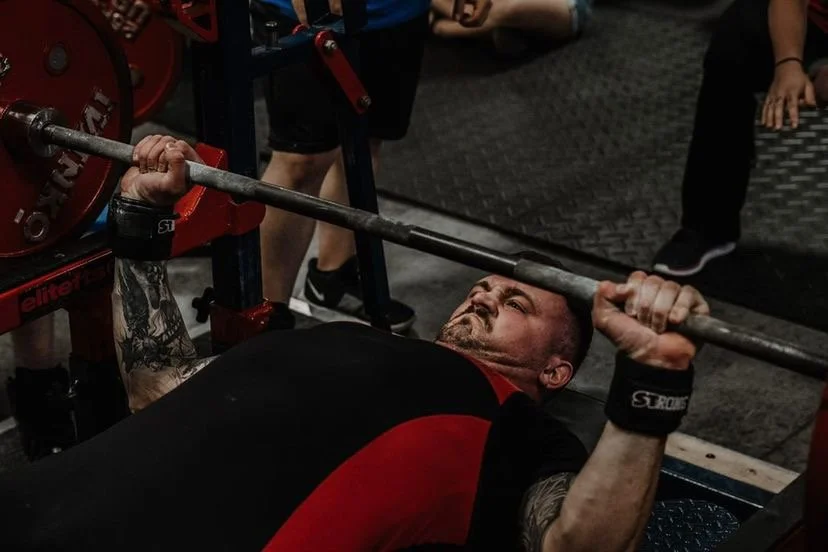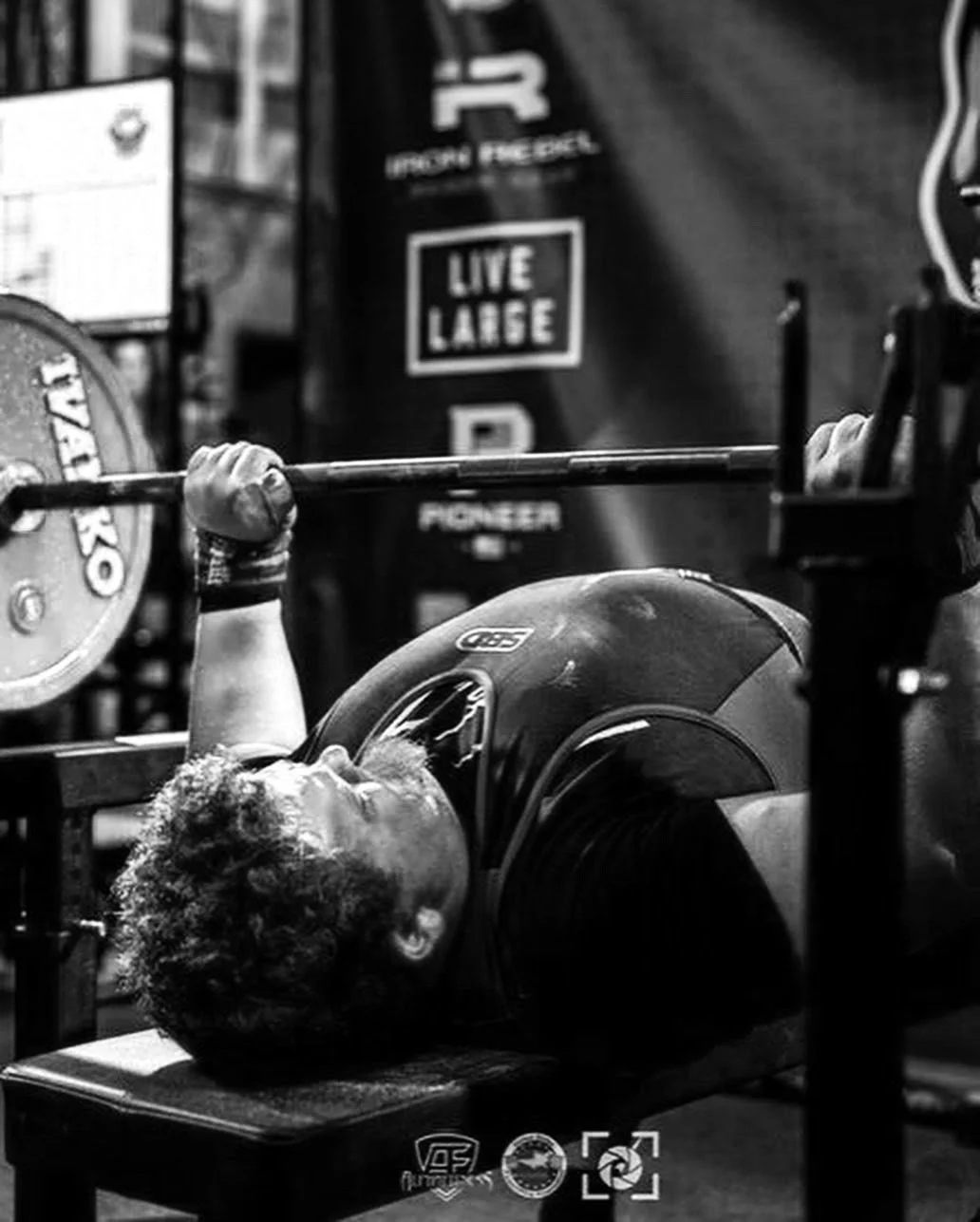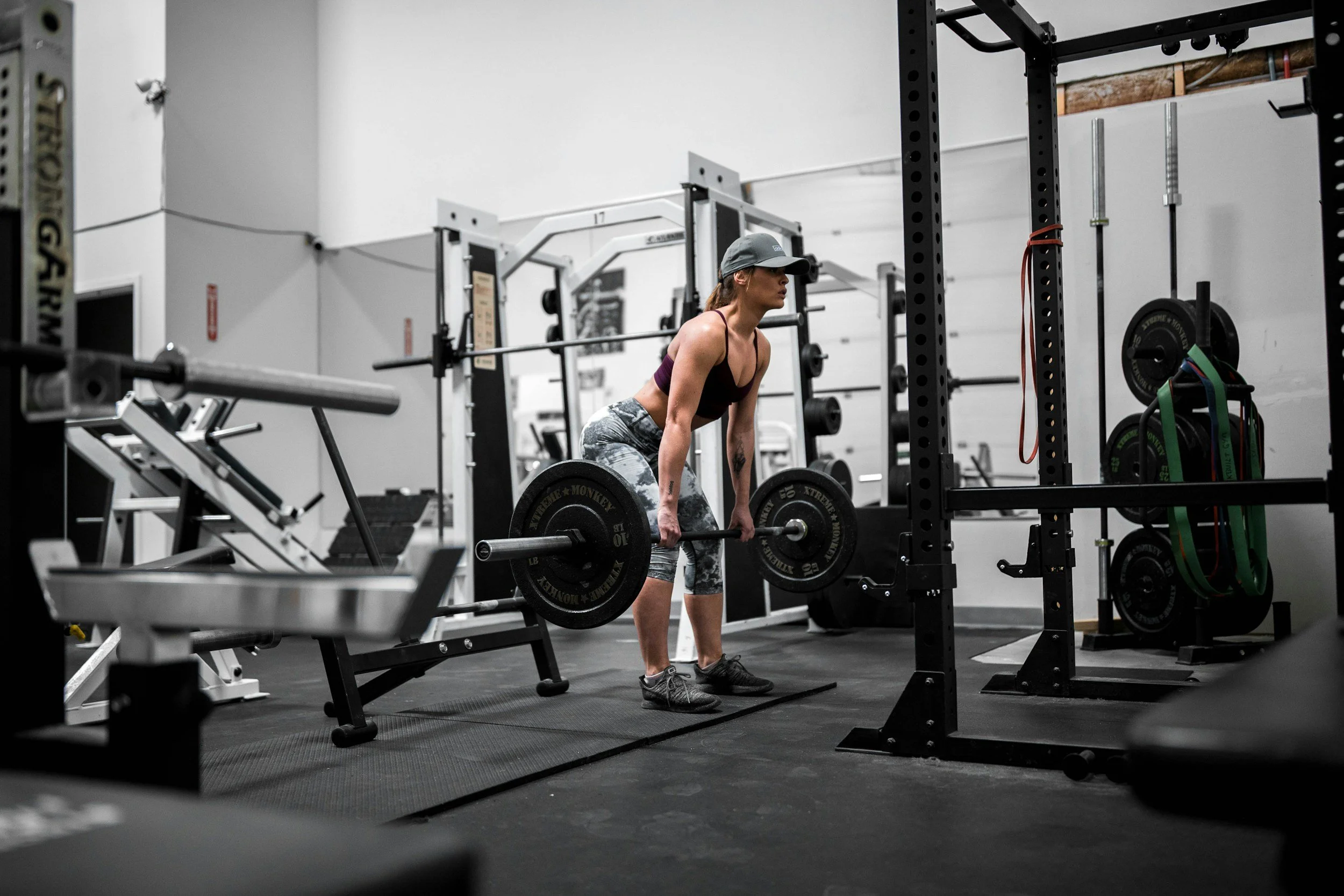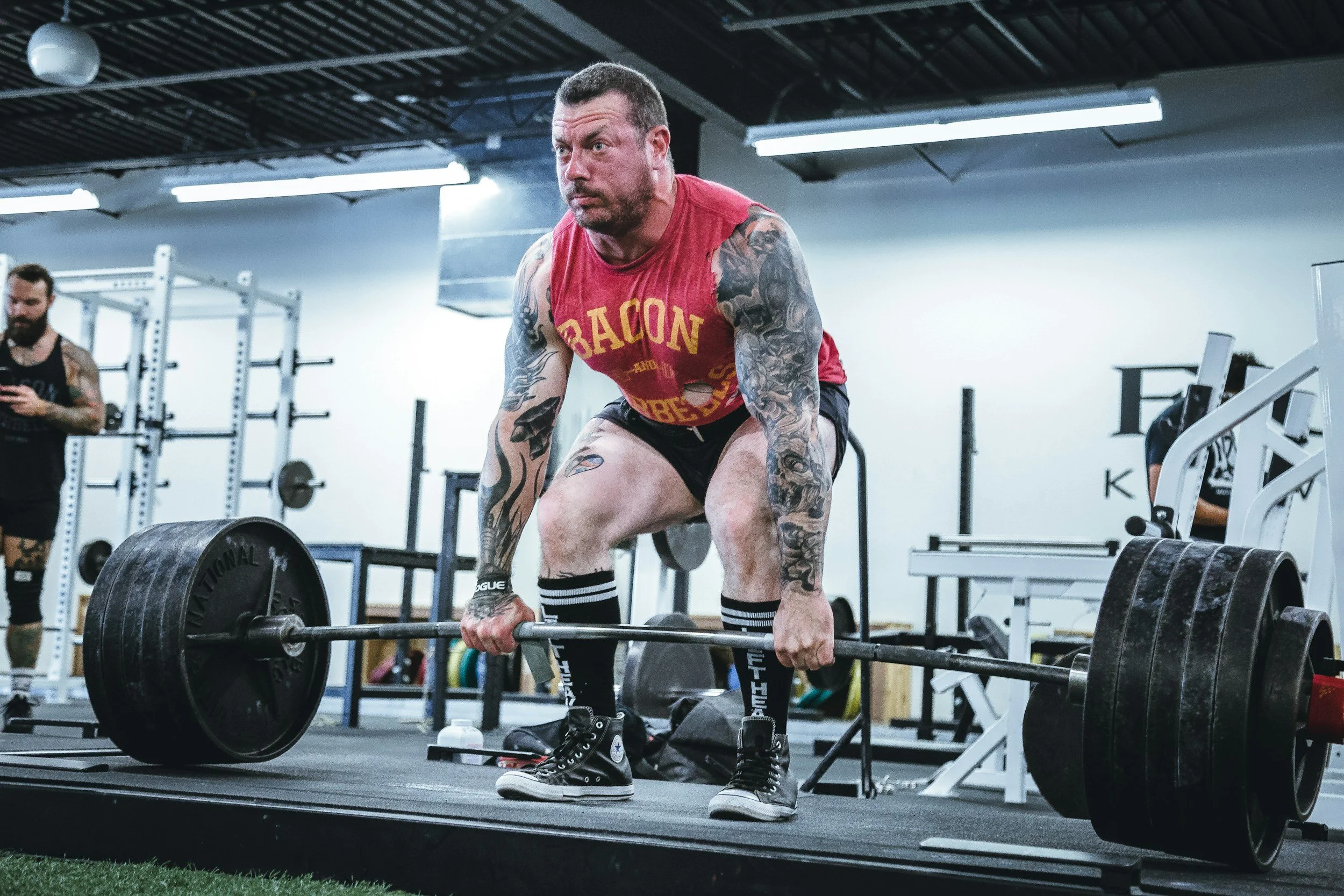
How to Make 2026 Your Strongest Year Yet
"Strength is not just about lifting heavier weights; it’s about resilience, strategy, and consistency. To reach your 2025 goals, you need to stop simply working out and start training. Training is intentional, structured, and built on principles like progressive overload and specificity, ensuring sustainable growth. This blog dives into the mindset and strategies required to build strength, emphasizing the importance of balancing heavy lifting with muscle-building phases. Whether you’re chasing a PR or beginning your strength journey, this guide provides actionable steps to help you succeed. Let’s make 2025 the year you achieve your strongest self through smart, purposeful training."

Bodybuilding and Mortality: Understanding the Benefits and Risks with Competition
Bodybuilding isn’t inherently dangerous — the problem lies in the extremes. Historical data shows that Bronze and Silver Era athletes, who trained naturally, lived longer than the general population. But modern professional bodybuilding, fueled by high-dose steroids, extreme bulking and cutting, and dehydrating contest diets, has created real health risks. Recent studies of male and female IFBB athletes reveal a high incidence of sudden cardiac death, particularly among professionals, and mental health concerns are significant, especially for women. As coaches and health professionals, we have a responsibility to promote safer training, prioritize recovery, monitor health, and help athletes build strength without shortening their lives.

How to Build Confidence Under the Bar: A Guide for Enhancing Strength
Confidence under the bar isn’t about ego—it’s about trust. Trust in your training, your technique, and your ability to execute when it counts. Every rep you complete with focus and intention builds that trust, brick by brick. The most confident lifters aren’t fearless—they’ve simply trained their minds to stay composed under pressure. Through consistent routines, visualization, and small wins, they turn doubt into discipline. Confidence isn’t found on meet day; it’s built in the quiet moments of preparation. When you approach the bar knowing you’ve done the work, you don’t hope you can lift it—you know you will.

Mastering Leg Drive in the Bench Press: The Bridged Bench Press Exercise
The glute bench press isn’t your typical upper-body lift. It’s a full-body movement that teaches you how to connect your legs and hips to your pressing power. By driving through your feet and keeping tension in your glutes, you stabilize your torso and generate force through the floor, transferring it directly into the bar. This connection is what lifters call leg drive—the hidden key to pressing more weight. Whether you’re a powerlifter or recreational lifter, mastering this movement builds a stronger, more stable bench press and reinforces proper lower-body engagement under load.

STOP OVERLOADING YOUR PRESS: A Smarter Way to Bench Big
If you want a bigger bench press, stop crushing yourself with overloaded eccentrics. A new study in the Journal of Strength and Conditioning Research shows that lowering 100–110% of your max doesn’t consistently boost performance — in fact, it can wreck your mechanics. Instead of chasing overloaded negatives, lifters should focus on smarter ways to overload the bench: heavy holds for stability, slingshot presses for safe top-end strength, and controlled eccentric tools that don’t push past 100%. Pair those with explosive speed work, and you’ll build real pressing power without sabotaging your form.

The Science of Muscle Recovery: How Long Does It Take to Recover From a Heavy Session?
Heavy training isn’t just about pushing muscles to their limit, it’s also about understanding the role of the nervous system and how it impacts recovery. To maximize strength and performance, athletes need to balance intensity, volume, and rest. Let’s break down the science of recovery and look at practical ways to apply it to powerlifting and strongman training.

The Easiest Way to Grow Bigger Biceps
Walk into any gym on a Monday evening and what do you see? Rows of lifters curling dumbbells in front of the mirror. For decades, the biceps have been the poster muscle for strength, confidence, and athleticism. They’re the “sleeve stretchers,” the first thing people flex when they want to show off their progress, and a muscle group that almost everyone—whether a beginner or advanced lifter—wants to improve.
The problem is that most lifters go about bicep training in the wrong way. They hammer away at the same exercises—usually barbell or dumbbell curls—with the same grip, the same range of motion, and the same routine they’ve seen in magazines or social media clips. The result? Stalled progress, underdeveloped arms, and frustration.

RPE vs Percentages: Which Method Builds More Strength?
Strength training is equal parts science and art. On one side, we have structured systems built around percentages—exact numbers, calculations, and predictable progression. On the other, we have Rate of Perceived Exertion (RPE)—a more subjective, autoregulated method that relies on lifters accurately gauging effort. Both systems have strong benefits, but as lifters evolve, the usefulness of each begins to shift. This article will break down RPE vs. percentages, explore the science behind both methods, and explain how to apply them for long-term progress.

The Spoon Press: The Secret Chest Exercise You’re Not Doing (But Should Be)
Most lifters struggle with chest development at some point. For some, the upper chest seems flat. For others, the lower pecs don’t pop. But one of the most stubborn regions is the inner and middle chest, the part that creates that sharp line down your sternum. Without it, your pecs may look wide, but they lack depth and separation.
The good news? There’s one underrated exercise that can fix this problem, and chances are, you’re not doing it. It’s called the Spoon Press.

Best Way to Increase Strength – Use Concentric Only Movements
When most lifters think about getting stronger, the first thing they turn to is slow eccentrics, pauses, or “time under tension” training. That makes sense — eccentric training has long been credited as the secret weapon for muscle growth and strength because of the mechanical tension and muscle damage it creates. But what if I told you there’s another way to build brute, undeniable strength?
